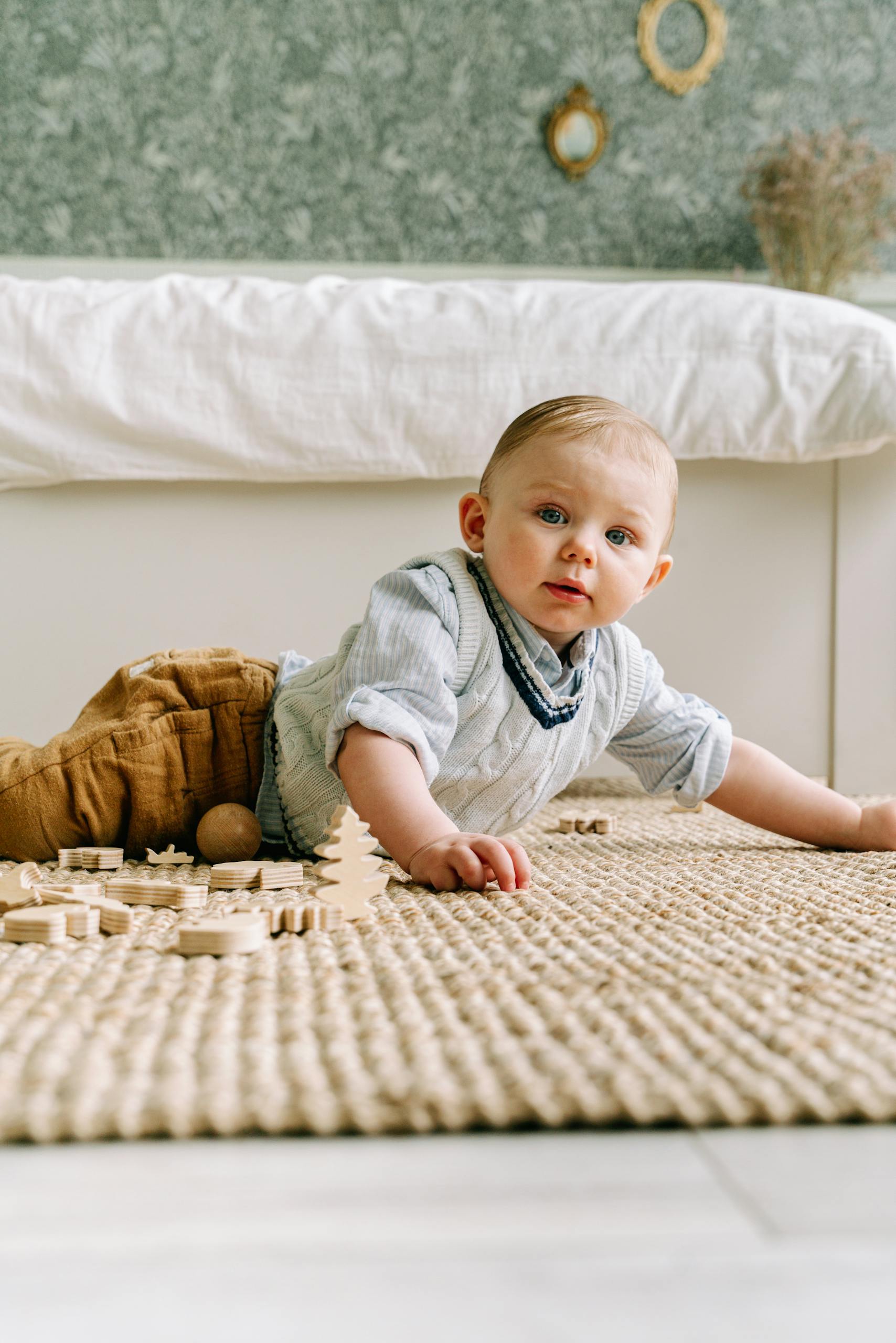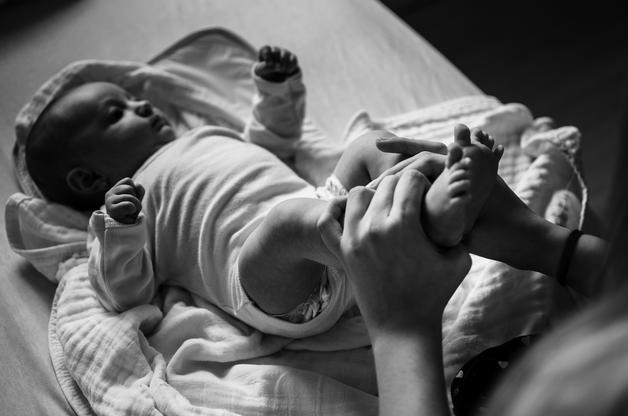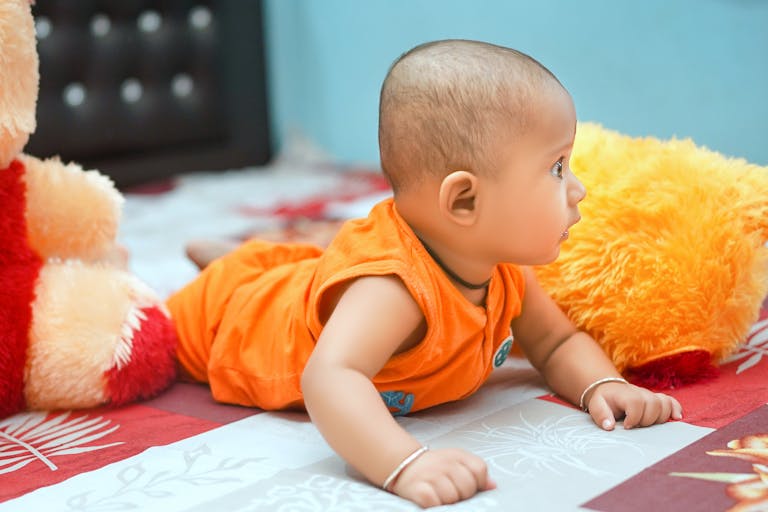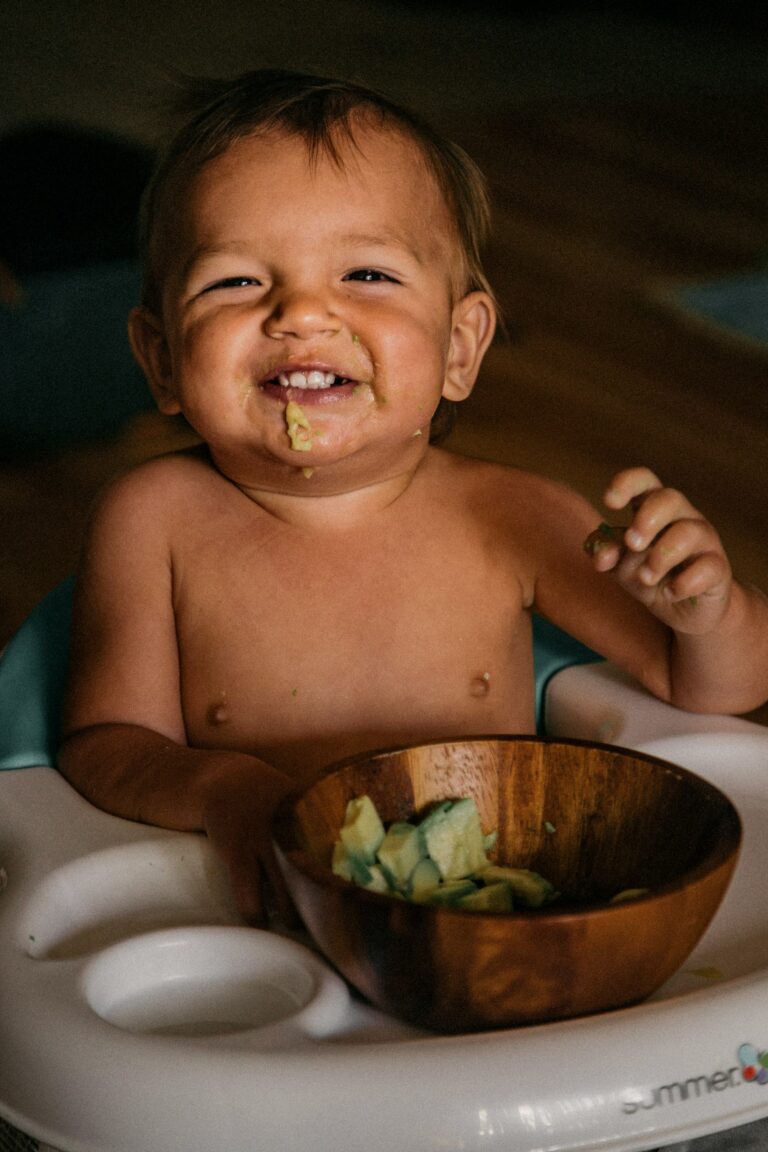Curiosity about movement takes hold early. Parents often find themselves asking, with both eagerness and a touch of anxiety: at what age do babies start crawling? Every milestone is scrutinized, every shuffle observed. Will crawling signal a new stage of independence, or should you worry if it seems delayed? The world of motor skill development is a patchwork of timelines, techniques, and temptations. It can feel daunting—staring down the path to crawling, punctuated by both enthusiasm and uncertainty. From muscle coordination to the architecture of the living room, many factors influence when and how babies decide to make their first move. Let’s break down the landscape and offer practical pathways for every parent, whether your baby dashes into crawling or takes the scenic route.
The spectrum of crawling ages: Measuring the unpredictable
“At what age do babies start crawling?” The typical answer lands between 7 and 10 months, but reality refuses to conform to averages. You might spot subtle pre-crawling gestures—rocking, shuffling, or peculiar belly slides—as early as 5 or 6 months. Still, some little explorers stretch this timeline farther, waiting until 11 or even 12 months to give crawling a try. Surprisingly, a small group bypasses crawling entirely, scooting or progressing directly to standing and walking.
How should parents interpret these differences? Medical research confirms vast normality within these variations. Developmental milestones—such as crawling—are benchmarks, not rigid deadlines. Especially for babies born preterm, the timeline may shift when compared to full-term peers; pediatricians calculate progress based on adjusted age (due date rather than birth date). The key? Watch for progression and curiosity rather than precise timing.
Decoding crawling: Types and milestones
What does “crawling” actually look like? The term covers a spectrum of approaches:
- The classic hands-and-knees crawl involves an alternating, rhythmic pattern, resembling a synchronous four-limbed march.
- The commando crawl (sometimes called an “army crawl”) uses the arms to drag the body forward, belly pressed to the ground—a resourceful tactic for early movement.
- The crab crawl veers sideways, often with asymmetric leg positions.
- The bear crawl brings straightened legs and feet into play, a posture both quirky and effective for speedy babies.
- Others shuffle on their bottoms or roll across the room with singular intent.
Each method builds essential gross motor skills—the fundamental coordination between large muscle groups. This isn’t merely about mobility; it’s a symphony of muscle strength, balance, and cognitive curiosity at work.
Signs your baby is preparing to crawl: Watchful waiting with purpose
Noticing subtle signals before overt crawling becomes apparent sets the stage for early support. Watch for:
- Lengthy, purposeful tummy time with head and chest up, gazing at everything in their field of vision.
- Experimentation with bearing weight on arms and working knees beneath the body.
- Rocking movements, shifting back and forth while in an all-fours position—a classic pre-crawling milestone.
- Fluid rolling, both ways, indicating growing core stability.
- Energetic attempts to reach for toys just out of range, paired with increasing focus and concentration.
Medically, these acts reveal rapid maturation of the neuromuscular system—the network that coordinates signal transmission from the brain to the limbs, driving the urge to explore.
The bigger picture: Why crawling matters
Yes, movement is delightful, but the benefits run much deeper. Crawling hones major muscle groups—shoulders, arms, core, and legs all engaged in coordinated harmony. The alternating, cross-lateral pattern (right arm/left leg) cross-wires the corpus callosum in the brain, strengthening communication between the brain’s hemispheres; this lays the groundwork for more complex skills like reading and problem-solving later in life.
Add improved balance, refined spatial awareness, continuous sensorimotor learning, and a growing sense of autonomy. Navigating over or around obstacles sharpens object recognition and depth perception, crucial for future activities like climbing stairs or running.
What factors influence when babies start crawling?
Why such variability in timing? Genetics play a central role—each child’s blueprint for development is singular. Muscle strength and joint flexibility incrementally build from day one, amplified by regular floor play and freedom of movement. Motivation—often sparked by the glitter of an out-of-reach rattle—fuels repeated attempts. The home environment matters, too. Babies fare best on firm but padded surfaces—play mats, carpets—offering friction without impeding progress.
Clothing deserves special mention: loose outfits and bare feet usually outperform slippery socks or ill-fitting pants. Environmental safety also tips the scales. A cluttered or hazardous space represses instinctive movement, while a carefully arranged living area invites exploration.
How to encourage crawling (with patience, not pressure)
Is there a secret formula? Not at all, but encouragement counts. Some strategies:
Prioritize daily tummy time—from birth onward—gradually increasing as comfort allows, to fortify upper body strength.
Position toys or objects just beyond reach, inviting effort but preventing frustration.
Arrange soft, supportive surfaces; remove potential hazards like small choking items.
Let your baby encounter gentle, safe obstacles (cushions, soft boxes), nudging creative problem-solving.
Celebrate persistence with smiles, soft claps, and positive words; avoid criticism or unnecessary comparison.
Pause and reflect for a moment: What motivates your child? Are they transfixed by a jingling set of keys or intrigued by a favorite book? Use these cues as starting points for encouragement.
When to reach out for professional advice
Unease is natural, especially if crawling seems delayed. Pediatric guidelines reassure: most healthy infants establish some form of independent movement by 9–12 months. However, specific warning signs warrant closer observation and a professional opinion. These include:
Persistent preference for one side of the body, asymmetrical movement, or difficulty with coordination.
Apparent disinterest in surroundings, lack of engagement even with enticing toys.
Inability to bear weight through arms or legs after the 9-month mark.
Do frequent check-ins with your child’s pediatrician; assessments during well-baby visits help track developmental patterns and address concerns proactively.
Beyond crawling: What comes next?
The path doesn’t stop at crawling. Mastery of this skill soon gives way to pulling up to stand, then cruising—moving laterally while holding onto furniture—followed by freestanding and, ultimately, those exhilarating first independent steps. The typical window for walking falls between 9 and 15 months. This is a continuum: every milestone builds a stronger foundation for climbing, running, and more adventurous exploration.
Each phase projects new challenges and highlights the marvels of child development. Just as there’s diversity in crawling, so too is there variability in what comes next. What matters: ongoing, responsive support and lots of positive reinforcement.
Key takeaways
At what age do babies start crawling? Most begin between 7 and 10 months, but it’s healthy for movement to start as early as 6 months or as late as 12 months. Range is part of what makes each child’s development unique.
There are many valid ways to crawl—each style boosts gross motor skills and confidence. Some babies skip crawling entirely; this is typically not a sign of developmental trouble.
Crawling encourages not only physical strength and coordination, but also key cognitive wiring and spatial skills.
Create spaces that invite safe exploration, prioritize floor time, and motivate with small, reachable challenges to foster independence.
Consult a healthcare professional if your baby shows significant asymmetry, cannot support weight on limbs, or lacks interest in interacting with their environment by 9–12 months.
Remember: every developmental journey is singular, shaped by genetics, environment, opportunity, and personality.
If you’re ever filled with questions or facing uncertainties, numerous resources are available to guide you—your pediatrician remains a trusted ally. For tailored advice and free health questionnaires, consider downloading the Heloa app, designed to support your family’s well-being every step of the way.
Questions Parents Ask
What can I do if my baby doesn’t seem interested in crawling?
It’s understandable to wonder why your little one isn’t showing signs of crawling yet. Every child develops at their own rhythm, so a lack of interest in crawling isn’t uncommon. You can gently encourage their curiosity by creating safe, spacious play areas with interesting toys or objects just out of reach. Offer plenty of floor time and celebrate any new movement, big or small. If you ever feel uncertain or if your child seems disengaged from their surroundings over time, don’t hesitate to reach out to your health care provider for reassurance and guidance tailored to your situation.
Is it normal for babies to skip crawling and go straight to walking?
Some babies take alternate routes in their development—it’s possible for little ones to bypass crawling and head straight to pulling up, cruising, or walking. This variation is generally no cause for concern and simply reflects the diversity of children’s milestones. What’s most important is that your child shows ongoing progress in other forms of movement and interaction with their environment. Trust your child’s unique journey and remember, different paths can all lead to confident movement.
Can the environment or clothing affect when my baby starts crawling?
Absolutely, a baby’s surroundings and even their choice of outfit can make a difference. Babies are often more motivated to explore when given ample space and a safe, uncluttered surface—think of a firm play mat on the floor. Clothes that fit comfortably and let your baby move freely (such as soft pants and bare feet) can help ensure nothing holds them back. Sometimes, simply adjusting the play area or ensuring your baby isn’t stuck in restrictive clothing can encourage those first attempts at crawling.









